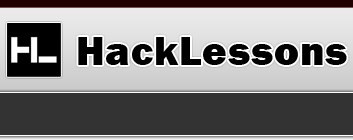Database - Introduction
Databases may vary in how they work beneath the hood, how you interact with them, etc but after all is said and done, their purposes are always the same: store data for retrieval. Without databases, managing content such as user accounts, would be very tedious and sloppy.
The Big Picture
Databases offer the ability to store, manage, and retrieve information(data) in an organized manner through the use of database tables.
If you’ve ever used Microsoft Excel to create a spreadsheet, then you are already part way there to understanding how databases work because of the similarities between databases and Excel’s tabular data structure. Data in databases are stored via rows and columns, generally with an id to each, so that a given row may be returned at any point.
SQL is the language most databases are known to use. SQL stands for Structured Query Language. A query is essentially a request you are making to the database, whether it be to tell it to add/insert data into a table, retrieve data from a table, or even delete data from a table. To be able to learn how to interact with these databases, you’re going to need to learn SQL and its syntax so that you can create queries of your own.
Popular Database Systems
While there are a slew of various types of databases out there, this list provides the one’s that make up a large portion of what is actually being used out in the real world. Chances are if you run into a database, it is probably one of these.
